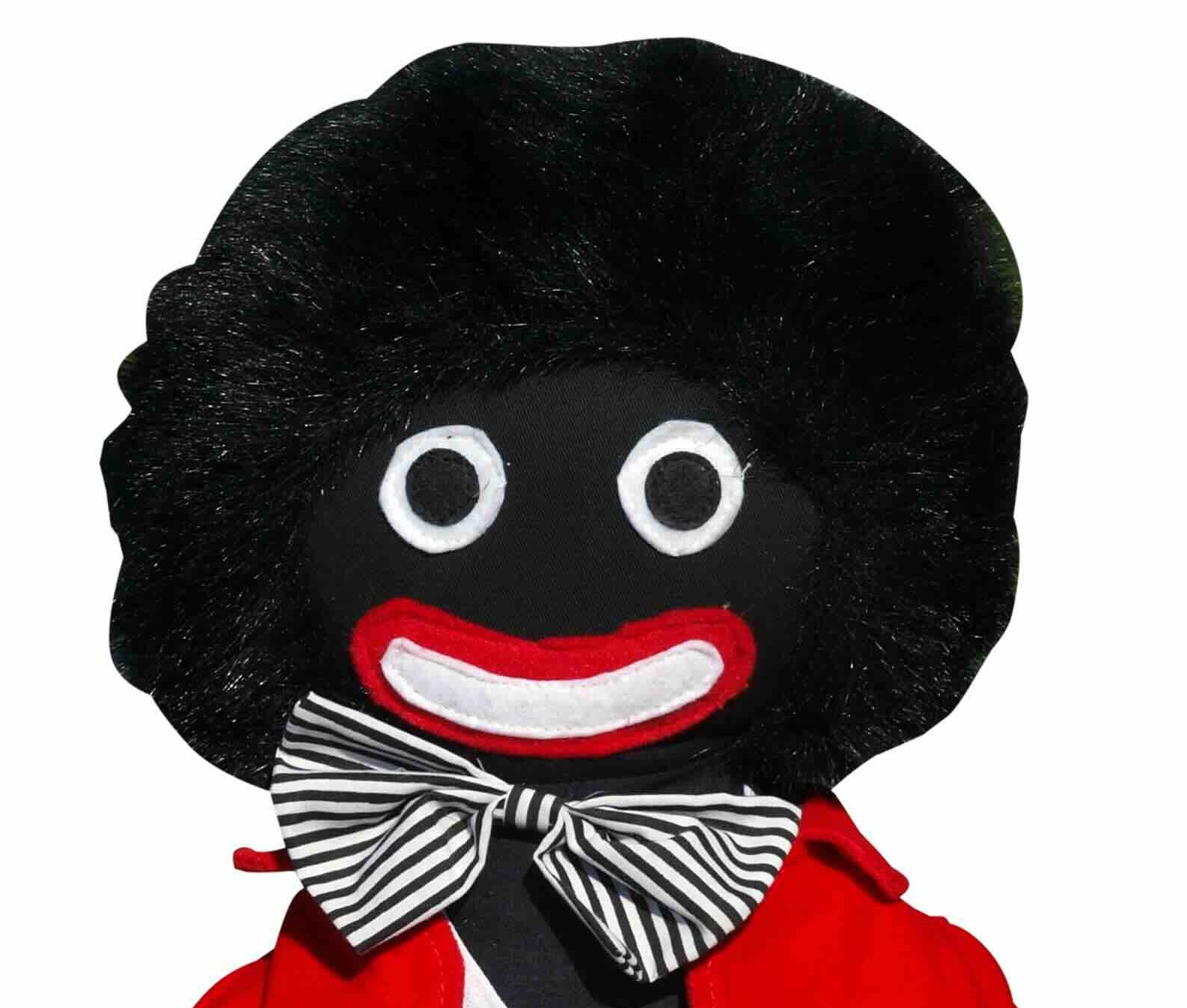At a seaside Sunday market, a stall flogged tea towels with images of piccaninnies and golliwogs. Black face caricatures are racist and demeaning. Even more insulting was the artist claiming copyright and ownership of the images.
Meanwhile, earlier in the year, Brisbane Airport sold “aboriginal lucky dolls”, while iTunes promoted a video game that encourages players to kill Indigenous Australians. Such products not only promote racism but also profit from it, causing further trauma to Indigenous people
Each time these sorts of stories are aired, debate ranges about whether golliwogs are a loveable icon or a racist symbol. Recently, the website ‘Starts at 60’ asked: “Are golliwogs racist?” This question generated comments that were abusive, with white Australians telling Indigenous people how they should feel.
Golliwogs, like other ‘primitive’ black stereotypes of minstrels, mammies and piccaninnies conjure up happy childhood memories. However, children grow up to learn the history behind the characters. Insisting that a golliwog is just a doll denies our racist history.
First published as a letter to The Age on 3 April 2016
